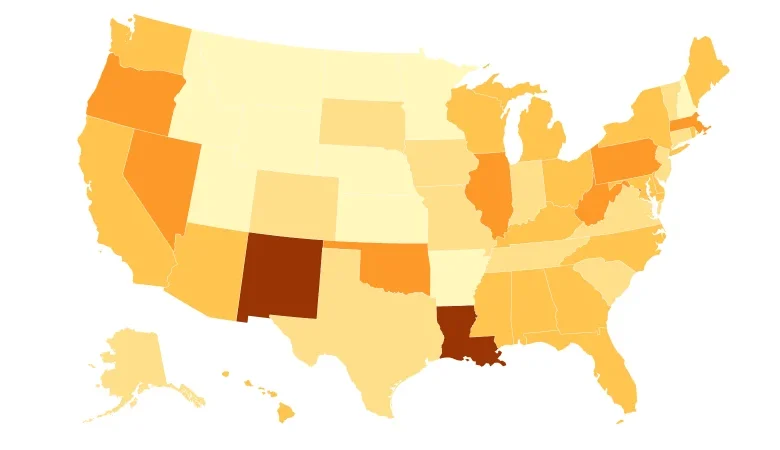Millions of Americans could lose access to SNAP food assistance this weekend. Here’s who could be most affected

In an unprecedented situation, tens of millions of Americans could lose access to a crucial food assistance program starting on Saturday amid the federal government shutdown.
Some will miss their food stamp benefits right away, while others won’t be hit until later in the month. If the benefits are indeed halted, it would be the first time there has been a full lapse in the Supplemental Nutrition Assistance Program, or SNAP, as food stamps are formally known.
Nearly 42 million people — or about 1 in 8 Americans — received food stamps in May, according to the latest USDA data.
About 4.4 million people were set to receive their food stamps on November 1, according to estimates from Code for America, which works with governments of all levels to improve access to food assistance and other safety net programs. That figure grows to about 17 million by November 5 and 33 million by November 10. The remaining enrollees are scheduled to receive their November benefits after that.
Overall, 12% of the US population relies on SNAP for food assistance. SNAP participation ranges widely across the United States, with the highest shares in New Mexico, Louisiana and the District of Columbia.
Households with children, an elderly individual or a non-elderly person with a disability received 83% of SNAP benefits in fiscal year 2023, according to the USDA.
Among recipients themselves, about 39% were children, while 20% were elderly and 10% were non-elderly individuals with a disability.
Households receive about $350 a month, on average, in SNAP benefits.
Nearly three-quarters of the households that rely on the benefits to afford groceries have an income below 100% of the federal poverty level.
The assistance doesn’t expire at the end of each month, but beneficiaries typically use all the funds in the month they receive them, said Lauren Bauer, a fellow in economic studies at the Brookings Institution.
Unfortunately, there aren’t a lot of good alternatives to food stamps.
Americans can turn to food pantries and other community food assistance programs, but these groups have been under pressure from rising food prices and increased need in recent years.
“The shutdown adds another layer of strain to an already stretched emergency food system,” Celia Cole, CEO of Feeding Texas, the state association of food banks, said in a statement, noting that more than 3.5 million Texans receive food stamps.
States don’t have enough money to cover $8 billion in monthly food stamp benefits, though several have said they will beef up their food assistance programs next month.
Multiple states have said they will pour millions of dollars into their emergency food programs — but it will be far less than the typical federal outlays in most cases.





